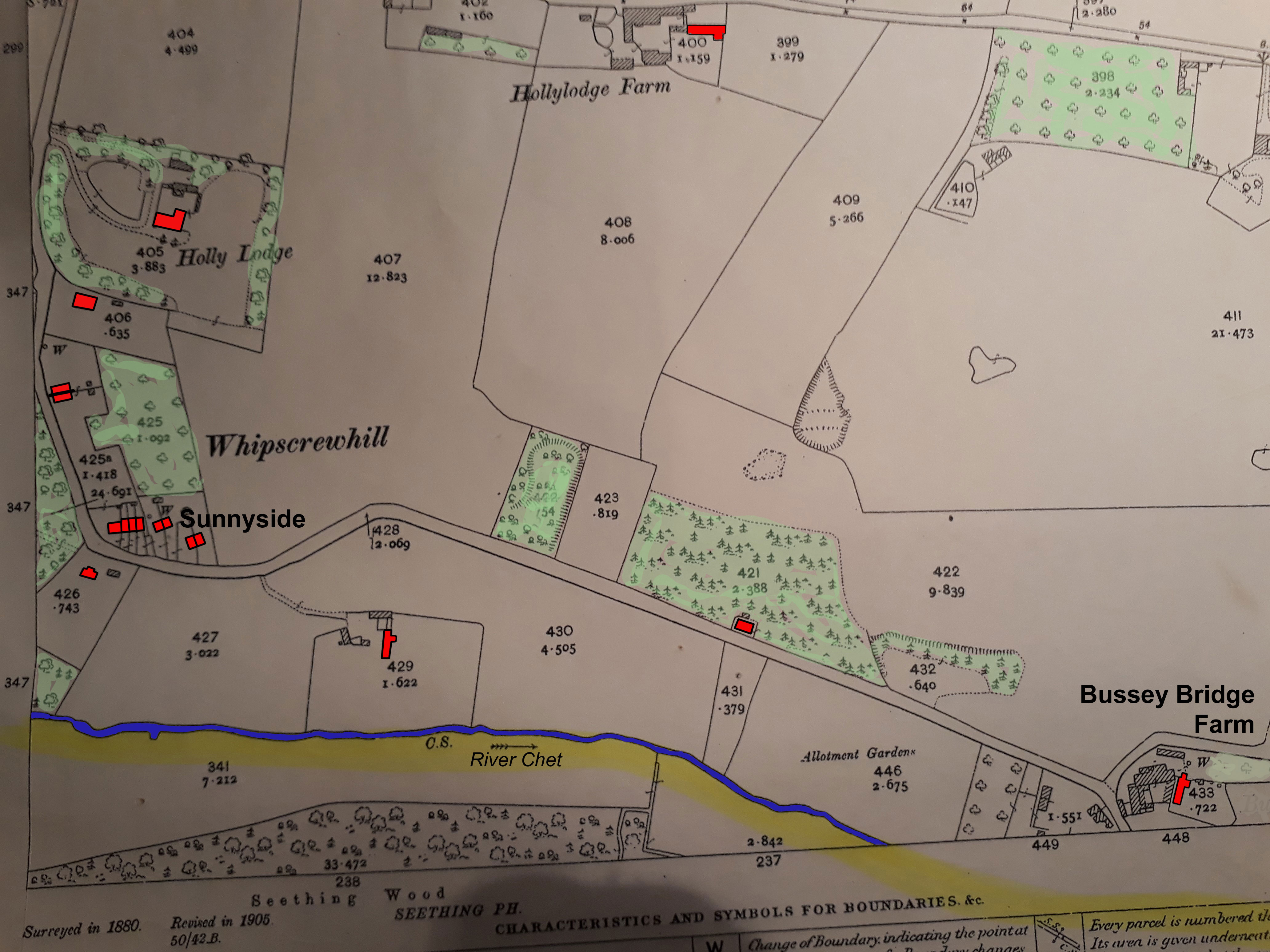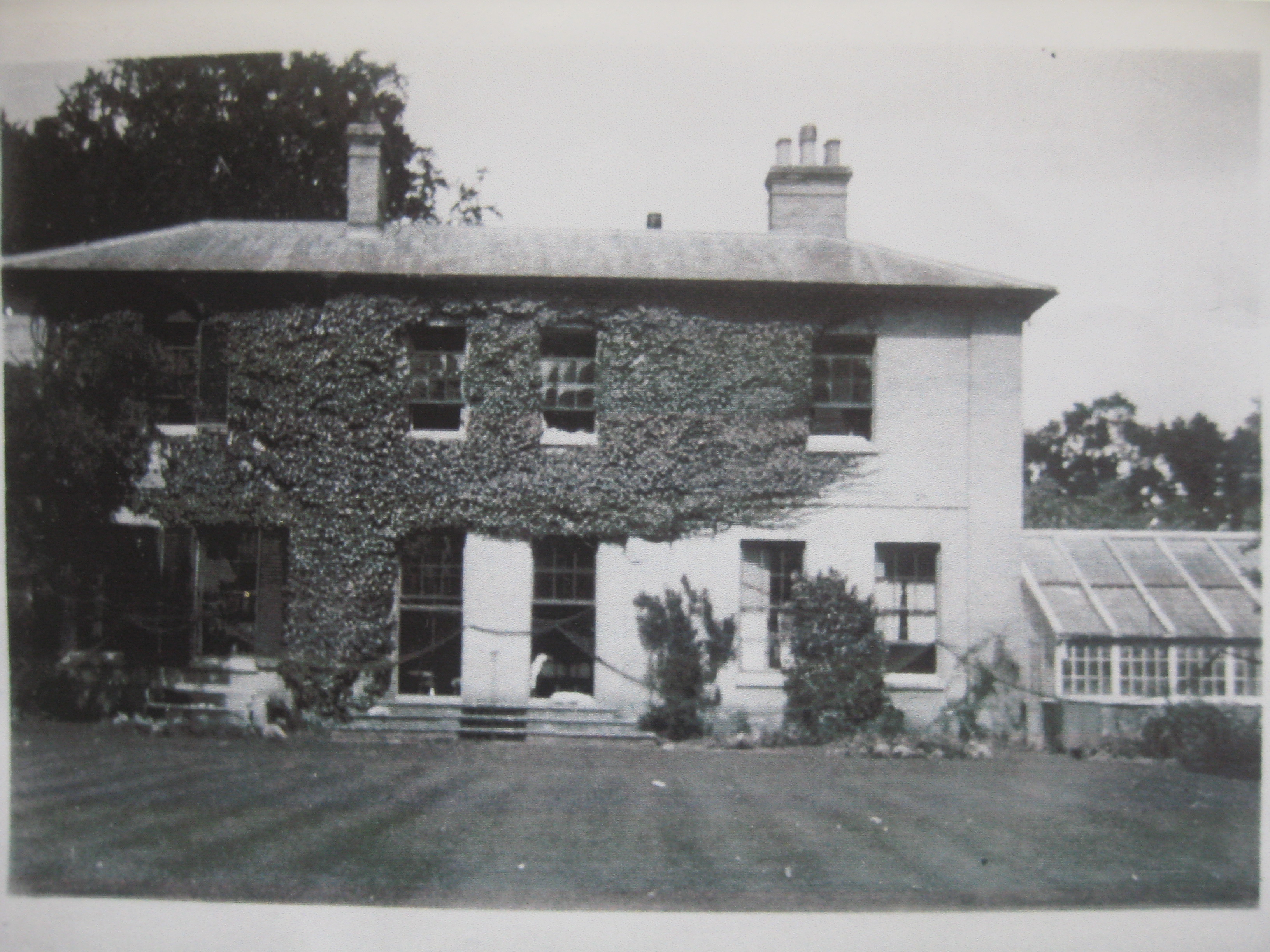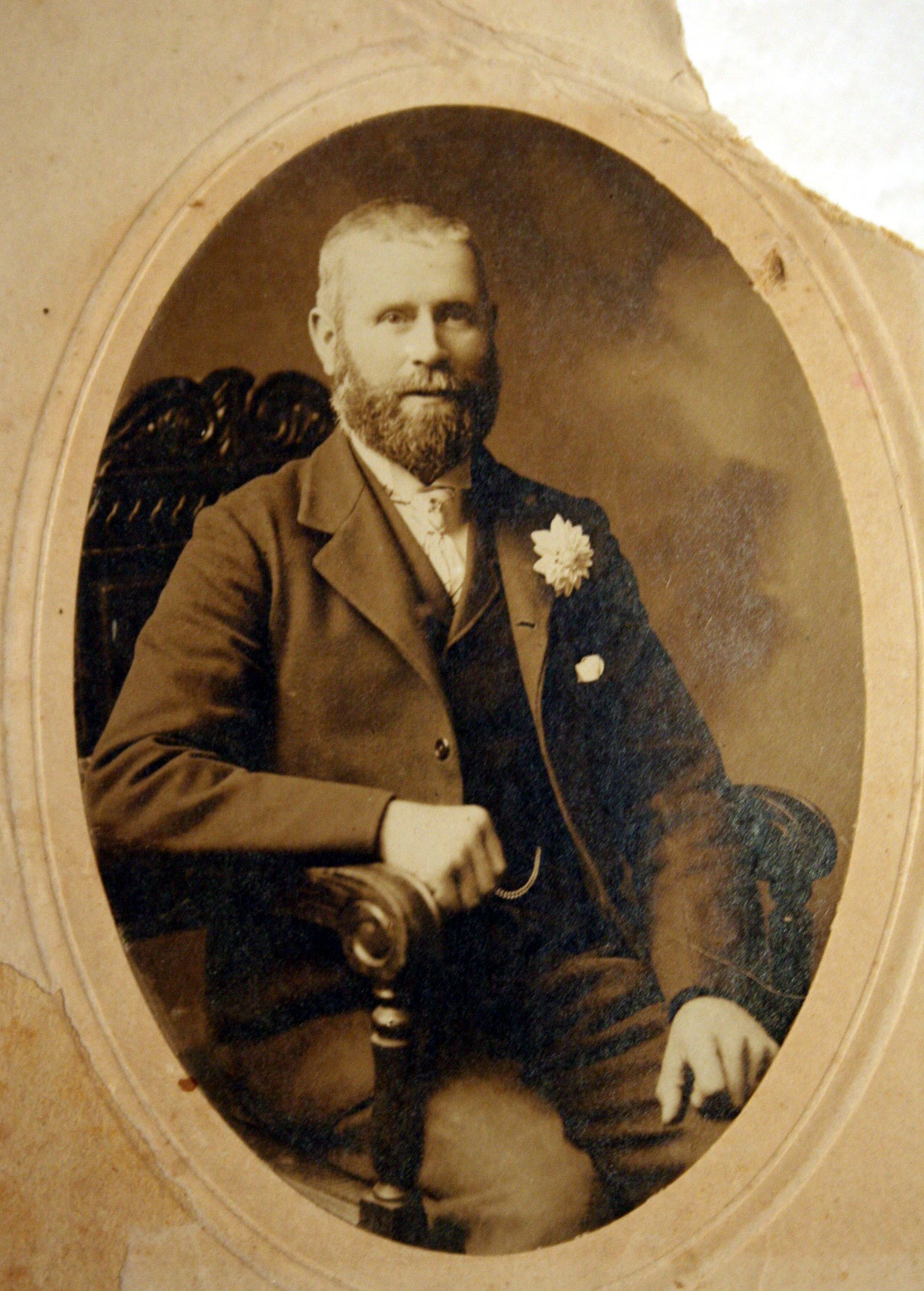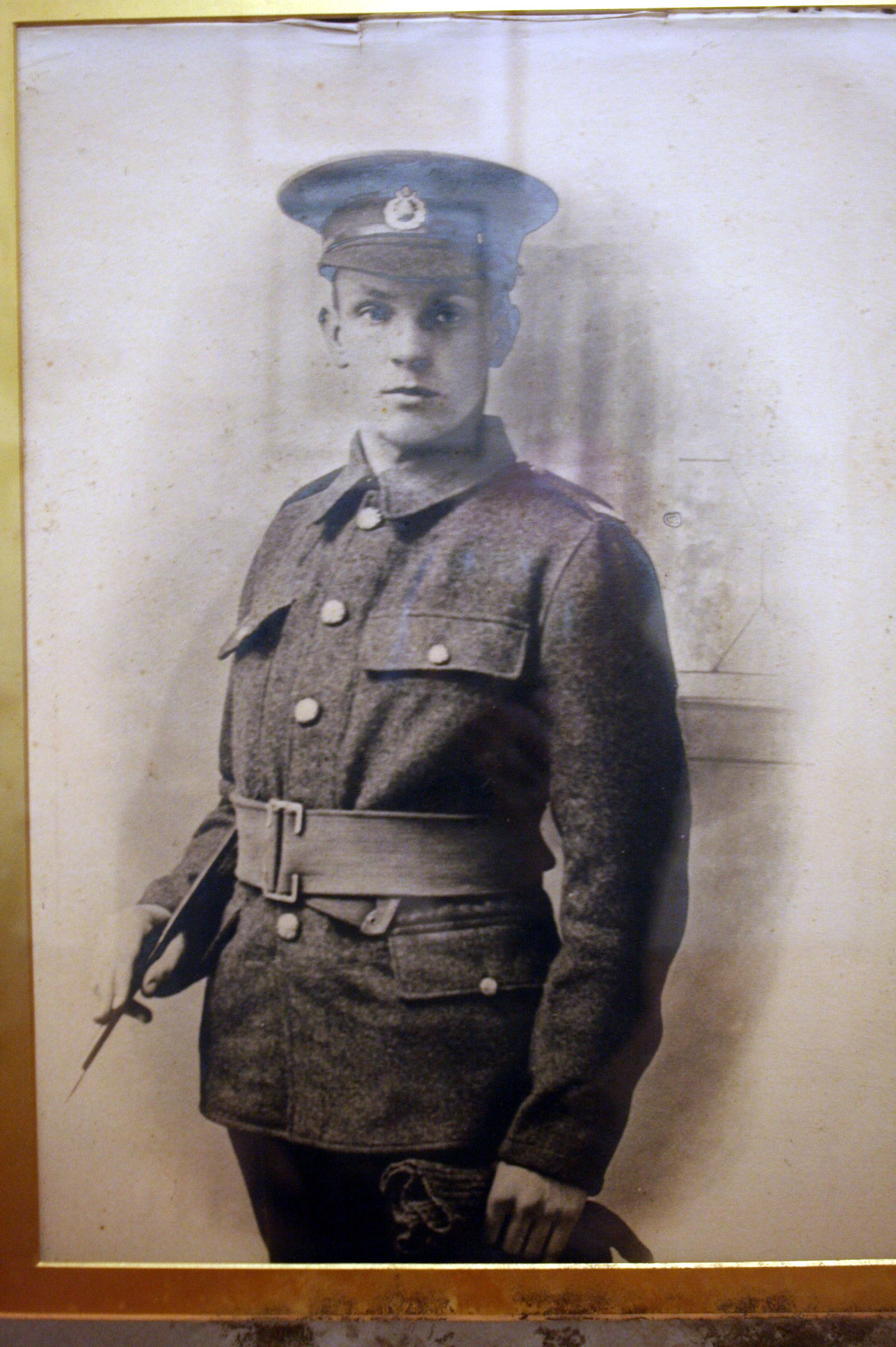LEONARD EDWARD CARR
25999, Lance Corporal
7th Bn, Somerset Light Infantry (Prince Albert’s)
Who died aged 38 on 7th June 1917
Buried in the Lagnicourt Hedge Cemetery, France
Family Background
Of all the families that lost men in the First World War, Leonard Carr’s family has the longest documented association with Bergh Apton. In church records the Carrs first appear with the baptism of Mary in July 1790 after which there were six baptisms, five marriages and six burials up to the time of the burial of Leonard Carr’s maternal Grandfather James Puxley Crowe in September 1901.

His parents were Rockland St Mary-born Arthur Carr and Bergh Apton-born Mary Crowe. He married Elizabeth Sophia Fooks (of whom see more below) in 1901.
Military Service
Leonard Carr’s military records are not available (they may well have been lost in a fire during WW2) but his Army No indicates that he volunteered for service in October/November 1915 and was called up in 1916.
The published history of the 7th Bn S.L.I “Forged by Fire” (Brendan Moorhouse, ISBN 1862271917) tells us that a draft of 140 men joined the battalion on 13th October of that year and we think he will have been amongst that number.
On 21st May 1917 the battalion moved to Favreuil, near Bapaume, having been held in reserve in Havrincourt Wood, some 10 miles south east of Favreuil. At first they were held back but then sent to support trenches immediately behind the Front Line. On 28th May they moved into the Front Line.
Things were relatively quiet at that time but on 7th June the battalion lost seven men to either sniper fire (three men) or shelling (four men). Moorhouse’s book names all of them, and includes Leonard Edward Carr.
All seven are buried in one row of the small Lagnicourt Hedge Cemetery in Lagnicourt Marcel, only a few miles from where Ernest Leeder of Valley Farm on Welbeck Road (q.v.) had been killed less than two months earlier.
More about the Family
We established that Leonard’s father Arthur, a Master Mariner, had died by the time of the 1881 Census at which time Leonard and his widowed mother Mary were living with her parents-in-law in Great Yarmouth. From Bergh Apton church burial records we know that Mary died in 1885.
Thereafter Leonard lived with his maternal Crowe grandparents in Bergh Apton. In 1891 they lived on Sunnyside but by 1901 his grandfather James, now a widower, had moved to Bussey Bridge Farm where Leonard, now 22 years old, worked as a Groom and Teamsman (horseman).
Grandfather James Crowe died in September 1901 and was buried in Bergh Apton churchyard. That loss seems to have been the trigger for Leonard Carr to quit Bergh Apton because he married Elizabeth Sophia Fooks in Dorset in the October/December Quarter of 1901 and settled there.
We get a glimpse of Leonard and Elizabeth a few months before their marriage in that the 1901 Census for Bergh Apton shows Leonard living at Bussey Bridge Farm and, only a few hundred yards away (see the 1901 Census above) a 19 year-old Elizabeth Fookes from Dorset was staying as a visitor with Albert and Margaret Lawn on Sunnyside. That goes some way to confirming a comment in a Fookes family website that they met when she was living on Sunnyside.

They had three children; in 1903 and 1904 the boys Leonard James and Walter Leopold were born in Ditcheat in Somerset and daughter Dorothy Eileen was born on Burcott in Somerset in 1908.
Their son Leonard married Mabel Annie Kerley in 1928 and we believe that they had a daughter Barbara (born 1928) and a son Cyril L J Carr (born 1941) but we don’t know if they are still alive. Dorothy had a daughter but we have yet to find further details.






